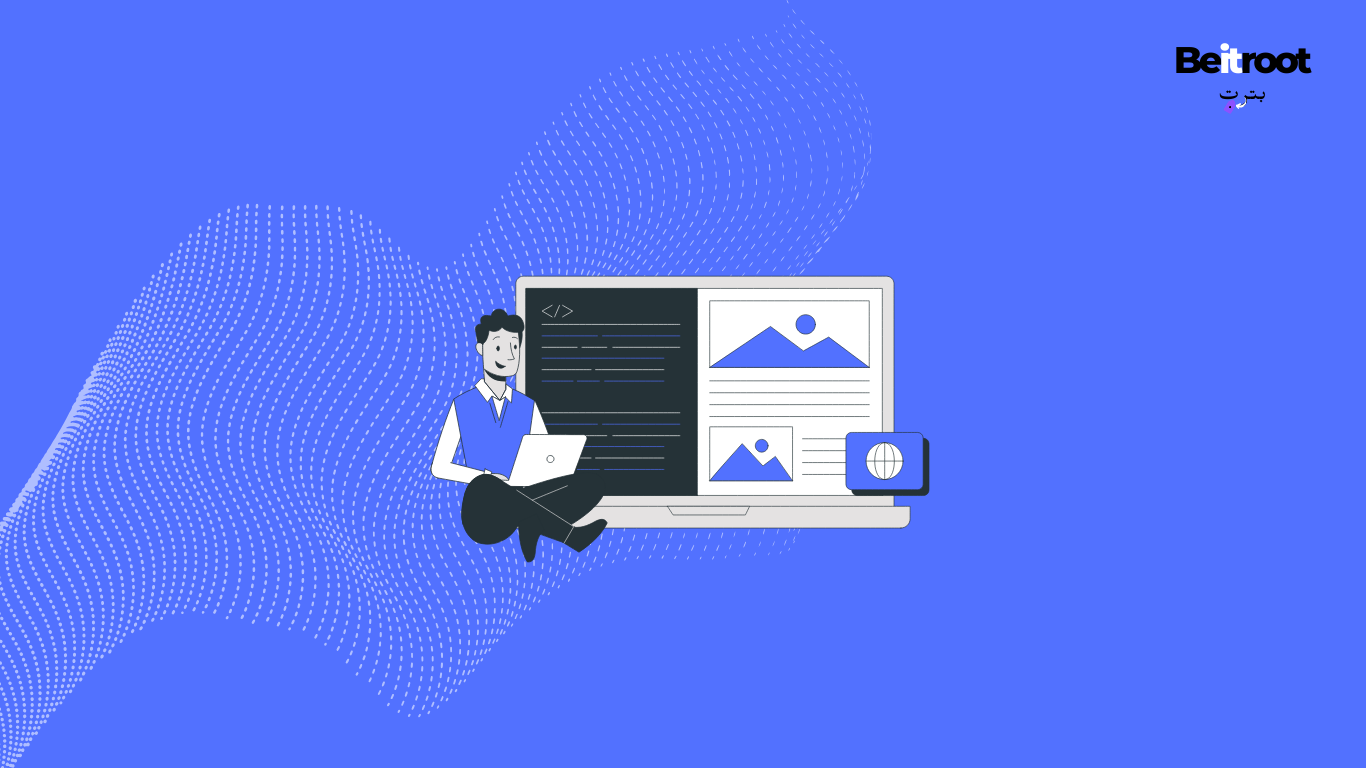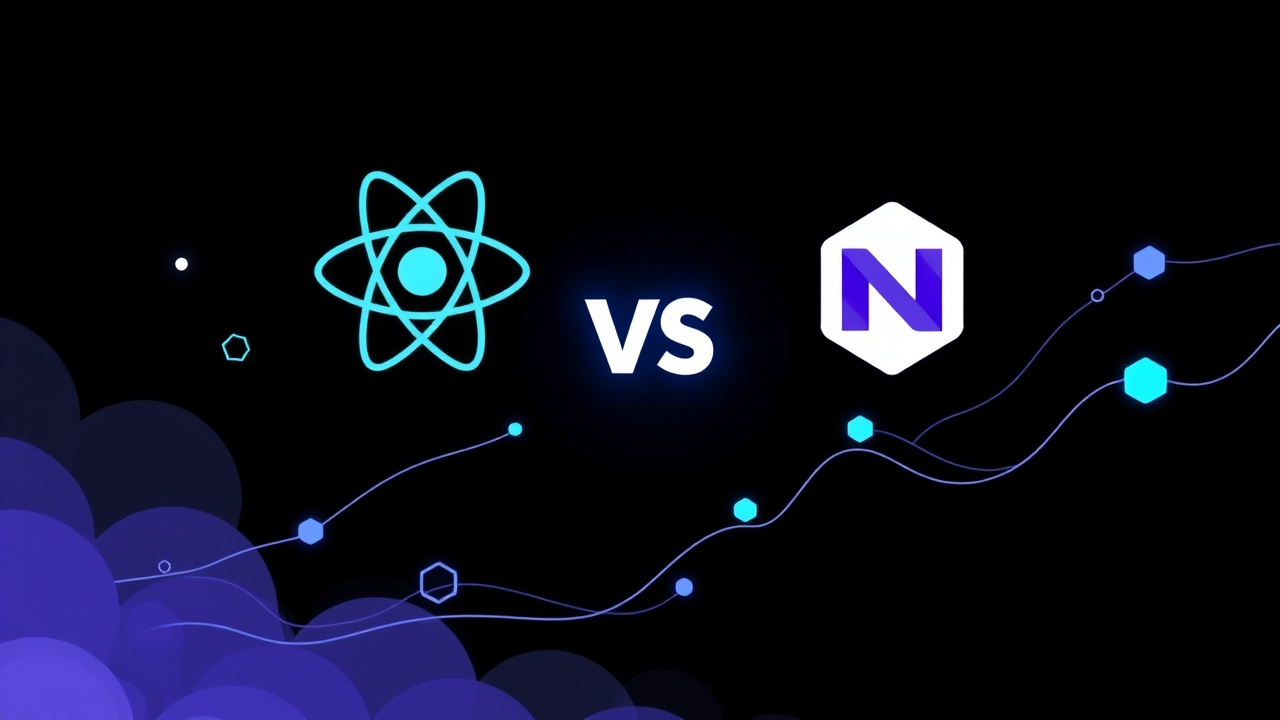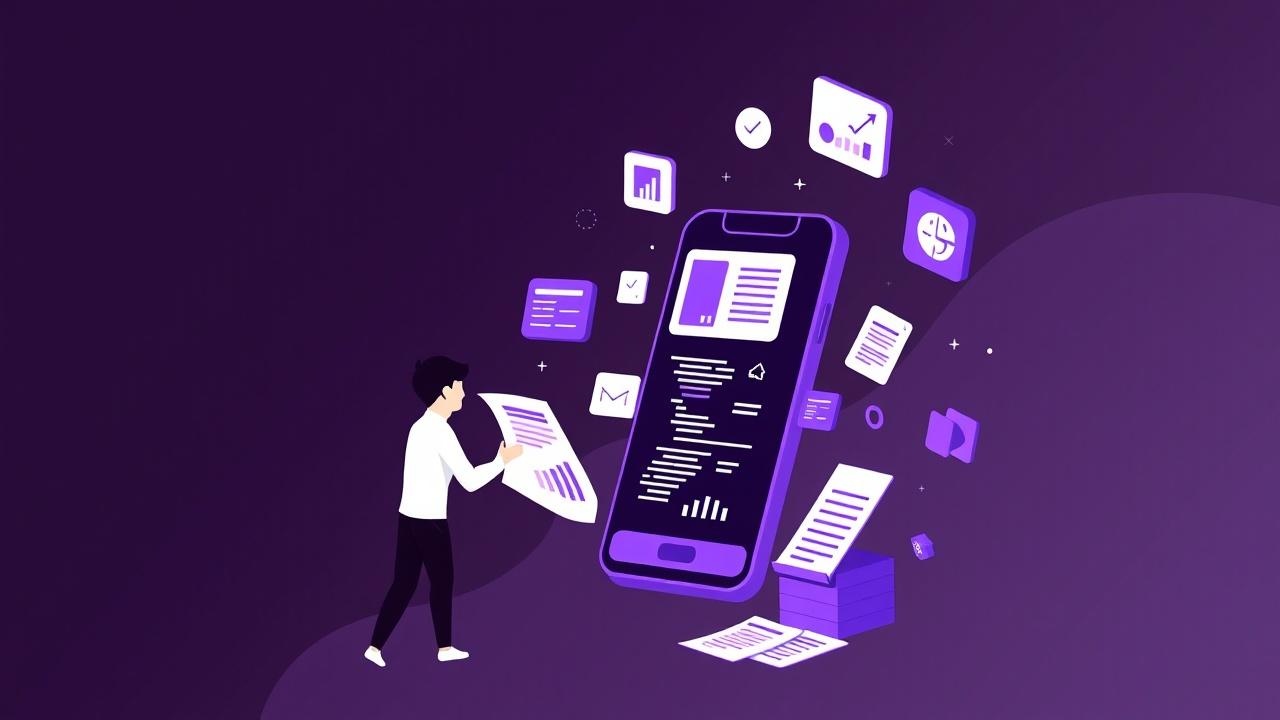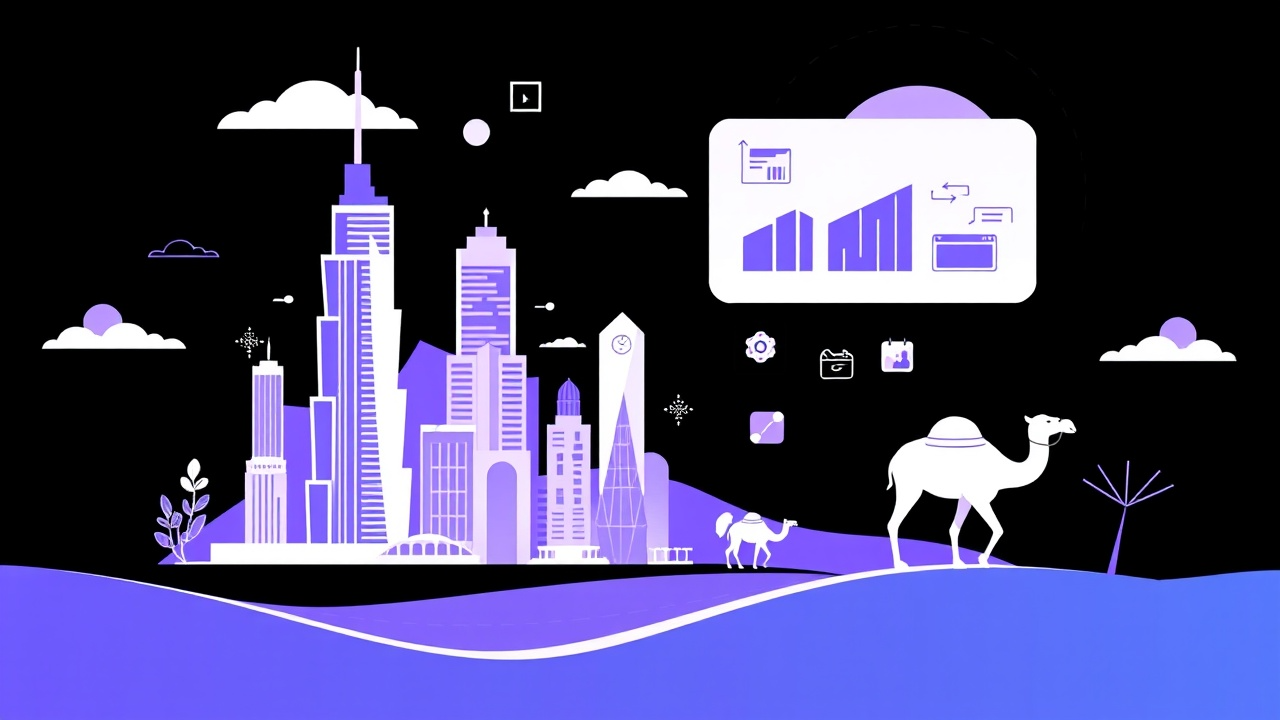
- Editorial-team
- 03 Apr, 2025
- 12 min read
How Long Does It Take to Build a Web App in 2025? Timing Your Tech Triumph with a Smile
Building a web app in 2025 is a complex endeavor that combines creativity, technology, and a pinch of patience. Factors such as the app’s complexity, the development team’s expertise, and the technologies used play a significant role in determining the timeline. On average, expect to spend anywhere from three to six months from concept to launch, depending on the specifics of the project.
As the digital landscape evolves, so do the methodologies behind web app development. Agile frameworks, automation tools, and user-centric designs can expedite the process, often resulting in faster turnarounds without sacrificing quality. Balancing speed with careful planning is essential, especially when aiming to meet user expectations in today’s fast-paced environment.
Understanding the timeline involved not only helps in project planning but also in setting realistic expectations for stakeholders. Whether it’s a startup looking to make a mark or an established company seeking a digital upgrade, knowing the length of the journey ahead can make all the difference in the outcome.
Understanding Web App Development
Web app development encompasses the processes and technologies involved in creating applications that run within a web browser. It combines design, programming, and server management to deliver interactive experiences.
Defining Key Terms
Web Application: A web app is a software application that users access via a web browser. Unlike traditional software, it doesn’t require installation on local devices.
Frontend: This refers to the part of the web app that users interact with directly. Technologies like HTML, CSS, and JavaScript help create responsive and engaging user interfaces.
Backend: The backend is the server-side of the web app. It handles data storage, business logic, and server communication, often using languages like Python, Ruby, or Node.js.
Frameworks: These are pre-built tools that facilitate development. Popular choices include Django for Python, Ruby on Rails for Ruby, and React for JavaScript.
API (Application Programming Interface): APIs allow different software systems to communicate. They enable web apps to integrate with various services and streamline functionality.
Planning Your Project
Effective project planning is essential for building a web app in 2025. It involves setting clear objectives and creating a detailed roadmap to guide the development process. This structured approach helps manage time, resources, and expectations while reducing potential risks.
Setting Clear Objectives
Defining clear objectives provides direction for the entire web app project. Specific goals can include improving user engagement, increasing sales, or enhancing functionality.
A good practice is to use the SMART criteria:
- Specific: Clearly define what is to be achieved.
- Measurable: Identify KPIs to evaluate success.
- Achievable: Ensure goals are realistic.
- Relevant: Align objectives with business needs.
- Time-bound: Set deadlines for achieving goals.
For instance, instead of a vague goal like “increase traffic,” a clearer objective might be “boost site traffic by 20% within six months.” This clarity keeps teams focused and accountable throughout the project.
Creating a Roadmap
A well-structured roadmap visualizes the key phases and tasks involved in developing a web app. It outlines milestones, deadlines, and responsibilities for team members.
Benefits of a roadmap include:
- Transparency: Everyone understands project timelines and tasks.
- Flexibility: Adaptations can be made as needed.
- Coordination: Enhances teamwork by clearly defining roles.
Typically, a roadmap might include stages such as research, design, development, testing, and launch. Using tools like Gantt charts or Kanban boards can make this process easier to follow. By breaking down the timeline into manageable sections, teams can maintain momentum while ensuring the project stays on track.
The Development Lifecycle
The development lifecycle of a web application is a systematic process that ensures the final product meets user needs and expectations. It encompasses several critical phases, from design ideation to quality assurance. Effective execution of these stages contributes significantly to the app’s success.
Design Ideation
In this phase, teams brainstorm and conceptualize the web application’s goals and features. Users’ pain points and market trends heavily influence the design.
Key activities include:
- User Research: Gathering insights through surveys and interviews.
- Wireframing: Creating visual representations of the app’s layout.
- Prototyping: Developing interactive models to test ideas and gather feedback.
Collaborative tools and techniques, such as storyboarding and design sprints, help align team members. This ensures everyone is on the same page before diving into technical details.
Technical Architecture
Technical architecture lays the groundwork for a successful web application. During this stage, developers define the tech stack, considering factors like scalability, security, and performance.
Core components include:
- Database Design: Structuring data to optimize retrieval and storage.
- Server Configuration: Choosing between cloud or dedicated servers based on traffic forecasts.
- API Integration: Planning how different software components will communicate.
Proper documentation throughout this process is crucial, as it aids future development and maintenance efforts.
Development Stage
The development stage is where coding truly takes center stage. Developers bring the web application to life according to the predefined specifications established in earlier phases.
Key practices involve:
- Agile Methodology: Utilizing sprints for iterative development.
- Version Control: Tools like Git to manage code revisions and collaboration.
- Responsive Design: Ensuring the app is functional across various devices.
Regular meetings and updates help to keep the team coordinated. Debugging and refinement often occur simultaneously, avoiding a backlog of issues later on.
Quality Assurance
Quality assurance (QA) is vital in the development lifecycle to ensure the web app functions as intended. It involves thorough testing to identify and fix bugs before launch.
QA processes include:
- Functional Testing: Assessing features to ensure they meet requirements.
- Performance Testing: Analyzing load times and responsiveness under various conditions.
- User Acceptance Testing: Gathering feedback directly from end users to validate usability.
A robust QA strategy minimizes risks that could impact user satisfaction. Addressing issues during this phase can save costs and enhance the app’s quality significantly.
Building an MVP
Creating a Minimum Viable Product (MVP) is crucial in web app development. It allows teams to focus on essential features, test market reactions, and iterate quickly based on user feedback.
Identifying Core Features
To successfully build an MVP, one must pinpoint the core features that define the product’s value proposition. These features should solve a specific problem for the target audience.
Steps to Identify Core Features:
- User Research: Conduct surveys or interviews to understand user needs.
- Competitive Analysis: Review similar products to identify gaps.
- Feature Ranking: Use a prioritization matrix to decide which features deliver maximum impact with minimum effort.
This streamlined approach helps avoid building unnecessary functionality. The MVP’s goal is to acquire user feedback rapidly without bogging down in feature creep.
The Lean Startup Approach
The Lean Startup methodology complements the MVP concept by emphasizing rapid prototyping and user feedback. This iterative process focuses on learning what works and what doesn’t without massive upfront investments.
Key Principles:
- Build-Measure-Learn: Create an MVP, gather data, and refine the product accordingly.
- Continuous Testing: Regularly test with real users to validate assumptions and pivot if needed.
By employing this approach, teams can adapt to market demands quickly. They minimize wasted resources while maximizing learning, which is vital in today’s fast-paced tech environment.
Timeline Factors
When estimating how long it takes to build a web app in 2025, several key factors come into play. Understanding these factors can greatly influence project timelines and expectations.
Complexity of Features
The complexity of the features directly affects the duration of a web app project. Simple apps with basic functionalities can be developed quickly, often within weeks. In contrast, complex applications with advanced features like real-time data processing, user authentication, and interactions can take several months.
- Basic Features: UI components such as forms and buttons.
- Intermediate Features: User profiles and content management systems.
- Advanced Features: Integration with APIs and machine learning capabilities.
Each level of complexity introduces additional layers of planning, testing, and implementation, significantly extending the timeline.
Team Expertise
The expertise of the development team is crucial. A team with extensive experience in specific technologies can produce a web app faster compared to a less experienced group.
Factors include:
- Skillset: Knowledge of relevant programming languages and tools.
- Collaboration: How well team members communicate and work together.
- Past Projects: A portfolio of successfully completed projects speeds up development.
A proficient team will often foresee potential issues, reducing downtime and enhancing efficiency throughout the building process.
Development Methodologies
The chosen development methodology can significantly impact the timeline. Traditional Waterfall methods may extend project duration due to their sequential nature. Conversely, Agile methodologies promote iterative progress, allowing for parallel development and quicker adaptations to changes.
Consider these methodologies:
- Agile: Releases are divided into short cycles, enabling quick adjustments.
- Scrum: Focuses on time-boxed sprints delivering incremental updates.
- Lean: Emphasizes efficiency and cutting unnecessary tasks.
Selecting a suitable methodology aligns the project with its goals and can optimize development time. Each approach brings unique timelines, depending on the project’s scope and team capabilities.
Post-Launch Activities
Post-launch activities are crucial for ensuring the web app remains relevant and effective. They focus on integrating user feedback and evolving the app through continuous development.
User Feedback Integration
Gathering user feedback is imperative after the app goes live. This input can come from several channels, such as surveys, reviews, and direct user interactions.
A structured approach works best:
- Surveys: Simple questionnaires can reveal user satisfaction.
- Analytics: Tools like Google Analytics help track user behavior, offering insights on areas needing improvement.
- User Interviews: Engaging a few users for deeper insights can uncover issues not evident in surveys.
Incorporating this feedback into the app not only enhances functionality but also boosts user engagement. Iterating on the input regularly ensures the app aligns with user needs and expectations.
Iterative Development
Iterative development involves refining the web app in manageable cycles. Each iteration allows for scheduled updates, incorporating feedback and addressing bugs efficiently.
The process can include the following steps:
- Planning: Define objectives for each iteration based on user feedback.
- Development: Focus on implementing new features or refining existing ones.
- Testing: Rigorous testing of new features ensures they function correctly before going live.
This approach allows for swift responses to user needs, keeping the app dynamic and user-centered. Regular iterations promote a culture of continuous improvement, keeping the development team agile and focused on delivering value.
Cost Considerations
Building a web app comes with various financial implications that must be understood. Key aspects include both the initial costs associated with development and the ongoing expenses that arise after launch. Understanding these elements is crucial for effective financial planning.
Initial vs Ongoing Costs
Initial costs involve everything from design to development and testing. Common expenses include:
- Design Costs: Hiring a designer can range from $500 to $5,000, depending on complexity.
- Development Costs: The average developer may charge between $50 to $150 per hour.
- Deployment and Infrastructure: Hosting and domain registration may add $100 to $500 annually.
After launch, ongoing costs emerge. These can include:
- Maintenance: Regular updates and bug fixes can vary from $300 to $1,500 per month.
- Marketing: Budgeting for SEO and social media marketing can range from $500 to several thousand monthly.
Balancing initial and ongoing costs is essential for sustainability.
Budgeting Wisely
Effective budgeting requires detailed planning. The first step is to define the budget based on anticipated initial and ongoing expenses.
- Prioritize Features: Focus on features that align with business goals. This avoids wasting funds on unnecessary functionalities.
- Seek Multiple Quotes: Getting estimates from various developers helps in finding a competitive price.
- Reserve Funds: Setting aside a contingency fund of 10-20% of the budget can address unforeseen expenses.
Regularly revising the budget ensures alignment with actual expenditure. Tracking expenses helps gauge the financial health of the web app project.
The Big Picture
In 2025, the landscape of web app development is evolving rapidly. Key trends focus on the balance between innovation and practical implementation. Understanding these shifts will empower developers and businesses alike.
The Future of Web Apps
Web apps are becoming more user-centric, utilizing advanced technologies like AI and machine learning. Responsive design remains crucial, ensuring compatibility across various devices and screen sizes.
Developers are incorporating Progressive Web App (PWA) features, enhancing performance and loading times. Security protocols are also tightening, with a focus on data protection and user privacy.
A notable trend is the integration of low-code and no-code platforms. These tools allow non-developers to contribute, accelerating the development process without sacrificing quality.
Staying Agile in Development
Agile methodologies remain essential for web app development in 2025. By adopting an iterative approach, teams can respond quickly to changes in user needs or market demands.
Regular feedback loops facilitate improvements, ensuring the final product aligns with user expectations.
Moreover, cross-functional teams enhance collaboration, bringing together diverse skill sets. This synergy fosters innovation while streamlining the development process.
Adopting tools such as JIRA or Trello can also boost efficiency, enabling real-time tracking of progress and challenges faced throughout the project lifecycle.


